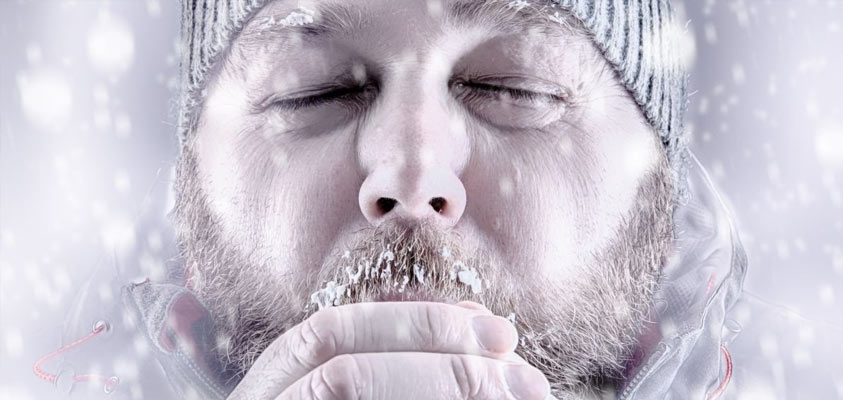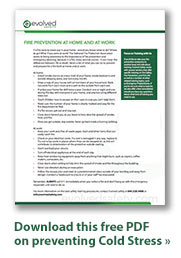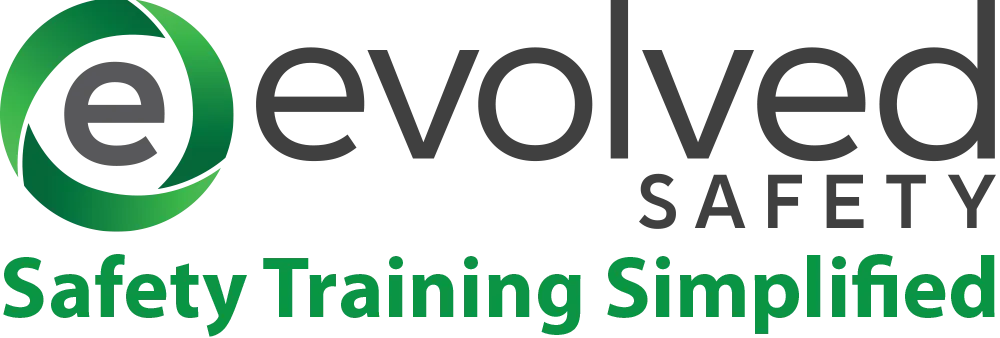 Get Your Downloadable PDF of How to Keep You and Your Workers Safe While Working in the Cold
Get Your Downloadable PDF of How to Keep You and Your Workers Safe While Working in the Cold
 With the way this winter is going, even locations that aren’t used to cold weather are getting their fair share of winter woes. Are your workers prepared? Weather aside, cold temperatures are a huge consideration when thinking about safety for your workers regardless of job type.
With the way this winter is going, even locations that aren’t used to cold weather are getting their fair share of winter woes. Are your workers prepared? Weather aside, cold temperatures are a huge consideration when thinking about safety for your workers regardless of job type.
With that in mind, we wanted to create an awareness for the main types of cold stress in the workplace and to help you know what your options are in keeping you and your workers safe while on the job. According to the National Institute for Occupational Safety and Health (NIOSH), there are four main types of workplace Cold Stress:
- Hypothermia: This is when your body begins to lose heat faster than it can be produced when exposed to cold environments. Prolonged exposure will eventually use up your body’s stored energy and lead to hypothermia. Low body temperatures affects the brain, making the victim unable to think clearly or move well, making hypothermia particularly dangerous.
- Frostbite: Affecting mostly the nose, ears, cheeks, chin, fingers, or toes, frostbite causes a loss of feeling and color in the affected areas and can permanently damage body tissues or even lead to amputation. Risk of frostbite is increased in workers with reduced blood circulation and among workers who are not dressed properly.
- Trench Foot: Also known as immersion foot, this is an injury of the feet resulting from prolonged exposure to wet and cold conditions and can occur at temperatures as high as 60 degrees F if the feet are constantly wet. Wet feet lose heat 25-times faster than dry feet, so to prevent heat loss, the body constricts blood vessels to shut down circulation in the feet, causing skin tissue to die from of lack of oxygen and nutrients, as well as buildup of toxic products.
- Chillbains: Repeated exposure of skin to temperatures just above freezing to as high as 60 degrees F can cause damage to the capillary beds (groups of small blood vessels) in the skin, creating a chillbain. This damage is permanent, and the redness and itching will return with additional exposure, typically occurring on cheeks, ears, fingers, and toes.
How We Can Help
The good news is that proper precautions and training can help prevent all of these illnesses. Let us help you tackle Cold Stress in your workplace today by offering something as simple as a free content download to hang at your workplace to several important cold stress and related training topics today! Evolved Safety has training programs in online, streaming video, and DVD – add these programs to your training line-up:
- Cold Stress
- Winter Driving
- Severe Weather and Outdoor Work
- Winter Safety for Oil & Gas Personnel
- Basic First Aid
- Emergency Response
Additionally, to keep you and your workers in “The Know” of Cold Stress in the workplace, download the flyer to hang in your workplace for worker-related recommendations.
Call us to discuss your options for cold stress training today at (844) 528-4486.
